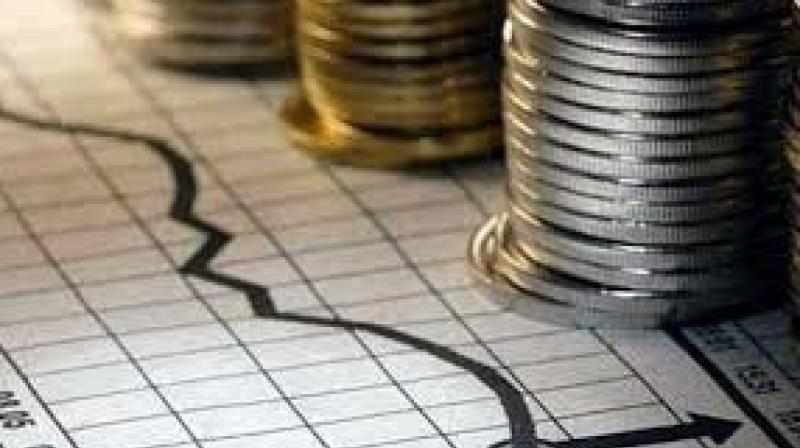Kerala: Revenue deficit stares hole through finances
With Goods and Services Tax coming into being, there is expectation that State would get additional revenue.

The wish list put before the Finance Minister is quite long but the fiscal arithmetic looks grim. Kerala is a chronic revenue deficit State, with State's Own Revenue and Central devolution put together falling short of its Revenue Expenditure. The principal components of Revenue Expenditure are Salaries, Pension and Interest payments. The fact that the State spends much on Salaries should not be viewed negatively, as a substantial part of it is for education and health sectors, which are personnel oriented. What is worrisome is the substantial jump in Revenue Deficit in the period since 2011-12, as can be seen in the Figure shown.
The proportion of Revenue Receipts which could cover Revenue Expenditure fell to 82.79 percent during the period 2011-12 to 2015-16 from 86.46 percent during 2006- 07 to 2010-11, indicating a clear set back to fiscal consolidation. With committed expenditure at 60 percent of the revenue expenditure, the room for maneuver seems limited. The only option left is to concentrate on the receipts side. Here, there are two binding constraints- a) being a high per capita income State, share of tax devolution from the Finance Commission awards will remain low in future b) State is set to lose plan grants, as planning process has been given a go by at the National level. The thrust has to be in Own Tax revenue of the State. With Goods and Services Tax coming into being, there is expectation that State would get additional revenue. But this would necessitate a new administrative architecture for tax collection.
Technology and information will be the new weapons in the place of old and blunt methods like inspections and estimated assessments. Kerala can really walk a long extra mile in this regard. On the expenditure front, while safe guarding social protection measures, avoidable flab needs to be reined in. An effective zero based budgeting, which evaluates programmes and makes allocations deserves serious thought. Spending capabilities are to be toned up to make efficient utilisation of allotted funds. Kerala's political sensitivities are quite high and no government can really cut expenditure across the board. This makes spending sticky downwards. There is equal difficulty in hiking non-tax revenue, which is generally perceived as anti- people. In a democratic society, these do matter, whatsoever criticism academics may voice. This leaves the Finance Minister with the Hobson's choice of augmenting Own Tax Revenue.
To set the arithmetic right, Kerala's Own Tax Revenue has to reach at least 9.5 percent from the present 7 percent of the Gross State Domestic Product (GSDP).
With non-tax revenue at 1.5 percent and devolution of Central taxes and grants together at 4.5 of GSDP respectively, total revenue receipts could be 15.5 percent of GSDP. This can result in elimination of revenue deficit without having to downscale any committed and sensitive revenue expenditure. With revenue account in balance borrowing exclusively for capital expenditure, can take Kerala to a higher phase of economic growth, without its current fragility of excessive dependence on remittances and commodity prices, both of which are subject to swings, for reasons beyond State's control. This unenviable task is hard but achievable, with a mission mode for revenue collection.
(Writer is a commentator on polity and finance)

